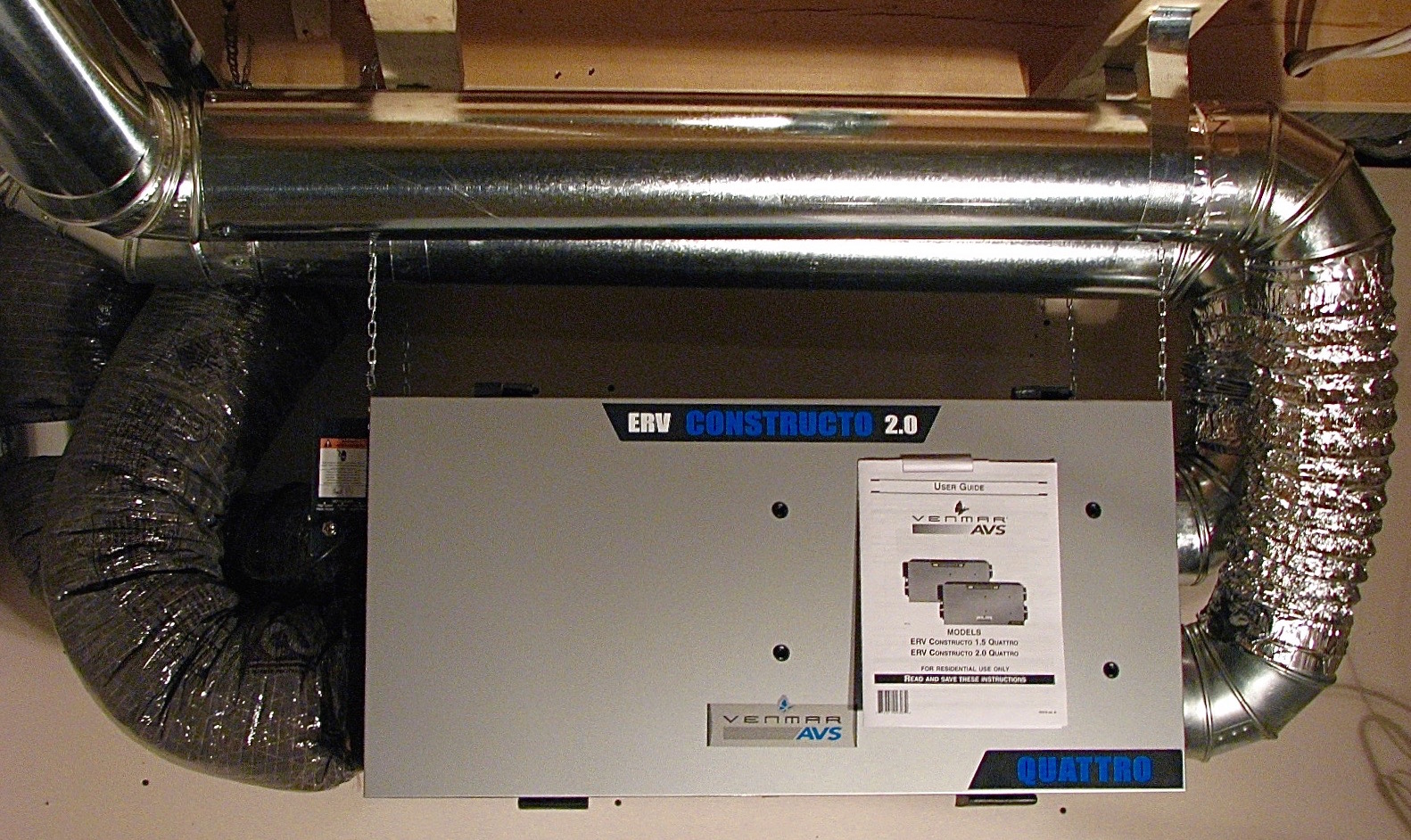Exactly How Heat Recovery Ventilation Enhances Indoor Air Top Quality and Reduces Power Costs
Heat Recovery Ventilation (HRV) systems play an essential role in enhancing interior air high quality while concurrently reducing power expenses. By effectively trading stale indoor air with fresh outside air, HRVs assist maintain excellent humidity and minimize pollutants. Furthermore, their capability to recover warm from outbound air reduces the stress on home heating and cooling systems. As power costs proceed to climb, comprehending the complete possibility of HRV systems becomes significantly important for homeowners and organizations alike.
Comprehending Heat Recovery Ventilation Equipments

Heat recovery ventilation (HRV) systems play an essential role in enhancing interior air quality, particularly in modern, energy-efficient structures. These systems are designed to move heat from the outward bound stale air to the inbound fresh air, consequently minimizing power loss while preserving suitable temperature levels inside. HRVs include a heat exchanger, fans, and ductwork, facilitating the constant circulation of air. By eliminating interior pollutants and presenting fresh air, HRVs assist to balance moisture degrees, avoid mold and mildew development, and lower allergens. The efficiency of HRV systems lies in their capacity to recover as much as 80% of the warmth from the tired air, promoting energy preservation while making sure a healthy and balanced indoor environment. Their integration is essential in achieving lasting living techniques.
The Importance of Indoor Air Quality
Indoor air quality (IAQ) is an important factor influencing the health and wellness and wellness of occupants in any type of setting. Poor IAQ can bring about different health and wellness problems, including respiratory system problems, allergies, and fatigue. Furthermore, it can worsen current problems such as bronchial asthma. Aspects adding to reduced IAQ consist of toxins from indoor resources like cleansing agents, mold and mildew, and inadequate ventilation. As a result, maintaining excellent IAQ is essential for advertising a risk-free and comfy living or functioning room. Effective approaches to improve IAQ include normal tracking of air quality, appropriate air flow systems, and decreasing the usage of damaging materials inside. By prioritizing IAQ, people can ensure a much healthier environment that promotes performance and overall lifestyle.
Power Efficiency Conveniences of HRV Solutions
Lots of homeowners and structure supervisors are progressively acknowledging the energy performance advantages of heat healing ventilation (HRV) systems. By moving warm from exhausted interior air to incoming fresh air, HRV systems noticeably lower the energy required for cooling and heating. This procedure lessens dependence on standard HVAC systems, bring about reduced energy bills. Additionally, HRVs help keep a balanced interior environment, protecting against extreme home heating or cooling down needs. The ability to recover up to 90% of the warmth from outgoing air likewise sustains sustainability initiatives by minimizing general power usage. Consequently, HRV systems contribute not just to set you back financial savings but also to a lowered carbon impact, lining here up with the expanding emphasis on energy-efficient structure techniques.
Installment and Maintenance Considerations
The effective application of warmth recuperation ventilation (HRV) systems requires cautious factor to consider of setup and upkeep elements to guarantee peak efficiency. Appropriate positioning of the HRV unit is essential, as it must be set up in an area that takes full advantage of airflow while reducing sound disruption. In addition, ductwork has to be suitably sized and protected to avoid power loss. Routine maintenance, consisting of filter replacement and system cleaning, is essential to protect optimal functionality and interior air quality. Owners ought to establish a normal upkeep timetable to identify and address possible issues prior to they escalate. Partnership with seasoned professionals throughout both installment and maintenance phases can improve the long life and effectiveness of HRV systems, eventually leading to better indoor settings and decreased power costs.
Real-World Applications and Success Stories
Discovering real-world applications of heat recuperation ventilation (HRV) systems reveals their significant effect on indoor air top quality and power efficiency across numerous setups. In residential structures, house owners have actually reported enhanced air high quality, resulting in fewer allergic reactions and respiratory system concerns. Schools carrying out HRV systems have actually noted improved trainee concentration and lowered Check This Out absenteeism because of much better air flow. Business structures, such as offices and retail areas, have actually experienced lower energy expenses and boosted worker performance. As an example, a company office in a pleasant environment achieved a 30% decrease in power costs after installing an HRV system. These success stories demonstrate that HRV modern technology not only adds to healthier atmospheres however also supplies tangible economic advantages, making it a useful financial investment for different fields.
Often Asked Questions
Can HRV Systems Decrease Irritants in Indoor Air?
The performance of HRV systems in lowering indoor irritants mainly depends upon their capability to filter and exchange air. HRV Heat Recovery Ventilation. By constantly replacing stagnant air, these systems can substantially lower irritant levels throughout indoor environments

Exactly How Does Humidity Affect HRV System Efficiency?
Humidity considerably influences HRV system efficiency; high levels can cause condensation, decreasing efficiency, while reduced humidity might boost air exchange. Stabilizing moisture is essential for excellent procedure and keeping indoor air high quality.
Are HRV Equipments Noisy During Procedure?
HRV systems can produce differing noise degrees throughout click for more procedure, depending upon their layout and setup. Some devices operate silently, while others might create obvious noise, specifically at higher air flow settings or when improperly kept.
What Is the Average Life Expectancy of an HRV System?

Can HRV Equipments Be Used in All Environments?
HRV systems can be used in different climates, yet their effectiveness may vary - HRV Heat Recovery Ventilation. In extreme temperatures, adjustments or supplemental systems may be required to ensure perfect performance and convenience while keeping indoor air top quality